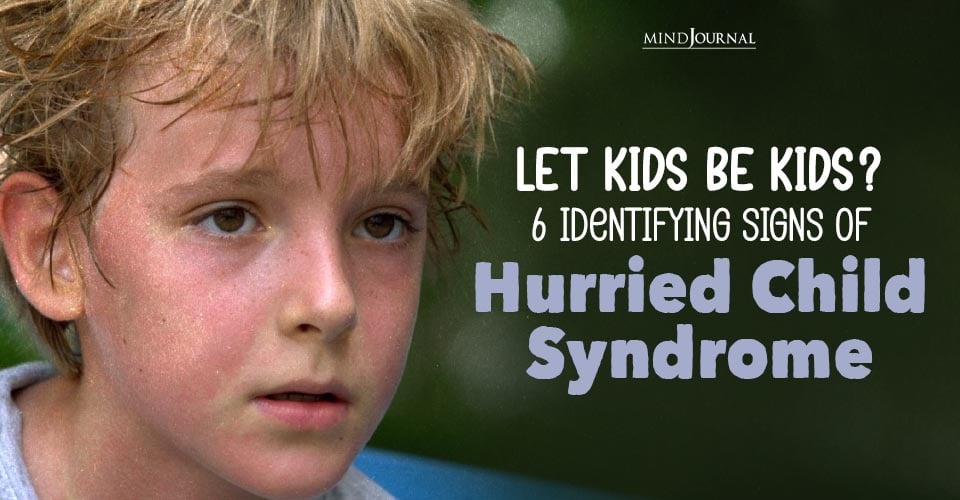In the United States, 15% of public school students have disabilities, making it crucial for parents to teach their kids how to befriend children with disabilities. Here’s how parents can help.
This diversity is particularly pronounced in mainstream classrooms, where 95% of children with disabilities interact with their typically developing peers.
To ensure that kids can befriend their peers with disabilities and foster an inclusive environment, parents can take proactive steps.
How to teach kids to befriend children with disabilities?
- Avoid Assumptions:
- Encourage parents to communicate with their children about not making assumptions based on appearances.
- Share information about the child with a disability’s interests and hobbies to facilitate connections.
- Stress the importance of looking beyond disabilities to find common interests, such as shared hobbies like playing with Legos or enjoying soccer.
- Polite Curiosity:
- Teach kids to approach their new friends with curiosity but use respectful language.
- Instead of asking, “What’s wrong with you?” suggest they ask questions like, “Do you mind if I ask about your prosthetic leg or wheelchair?”
- Emphasize the importance of seeking permission before touching any equipment or devices related to the disability.
- Encourage active listening when children with disabilities share information about their experiences.
- Normalize Disabilities:
- Promote the idea that disabilities are a natural part of life and not something to be stigmatized.
- Highlight the positive aspects of disabilities, such as unique abilities or cool features related to assistive devices like hearing aids.
- Encourage children to learn some basic sign language or other communication methods if applicable, to foster inclusivity and appreciation for diverse communication styles.
- Teach children how to adapt their communication when interacting with peers who use assistive devices, like repeating themselves or using visual cues.
- Respect Different Social Skills:
- Explain to children that not all disabilities are visible, and some individuals may have different social cues or communication styles.
- Encourage inclusivity by emphasizing the importance of inviting and welcoming children with disabilities, even if they may decline social interactions at times.
- Promote the idea that a “no” today does not necessarily mean a permanent rejection; kids should continue to extend invitations.
- Teach patience and understanding when interacting with children who may need more time to process social interactions or who exhibit different social behaviors.
- Inclusivity for All:
- Instill the idea that diversity enriches our lives, and we can learn valuable lessons from friends who are different.
- Remind kids to look around for peers who may not be engaged and invite them to join activities.
- Emphasize that everyone desires inclusion and friendships, regardless of their abilities or differences.
Fostering friendships between children with disabilities and their peers requires teaching kids not to make assumptions, promoting polite curiosity, normalizing disabilities, understanding different social skills, and encouraging inclusivity for all.
By instilling these values, children can create a more inclusive and welcoming environment for everyone.









Leave a Reply